"Smart Manufacturing" Requires "Health and Safety" Measures to Optimize Production Efficiency and Ensure Staff Wellbeing
- Implementation of various technologies to increase production efficiency and promote a safe working environment for employees is very important and necessary.
- Robots and automation will play a role in replacing manual labor, especially in risky and life-threatening working conditions.
- AI helps predict the damage that can occur, thus preventing unnecessary losses and reducing reparation costs.
- Collaborating with partners such as contractors also requires efficient contractor management systems to promote work efficiency and safety in the factory.
- Disaster warning software helps alert industrial facilities of catastrophic events so they can take immediate action.
In the age of Industry 4.0, more security-related technologies or solutions have been implemented in the production lines to provide employees with more insightful data. These technologies can also increase productivity, identify and fix machine downtime problems, and even predict potential issues in order to prevent avoidable damages in a timely manner.
Amidst the rapid development of smart manufacturing, human resources still remain the most important asset of any company. Providing them with adequate health and safety measures will boost their morale and even increase the overall productivity and efficiency.
An example of technology that corresponds to the requirements of both Smart x Safe concept that Rolls-Royce has been using is the 3D visualization software that helps their staff become more aware of the workplace environment and associated hazards. The machine learning technology helps to verify the personal protective equipment (PPE) requirements compliance and uses robotic arms to replace human workers in situations that may present a risk of injury or death, such as the operation of a furnace, for instance.
Other technologies that have been widely adopted in Factory 4.0 include AI-based preventive/predictive maintenance to prevent accident-related loss and reduce operation cost, contractor management system, and centralized monitoring of remote operations to promote worker safety, and many more.
Another example, Fujitsu's contractor management system called CMS, is used to record the digital profile of each contractor as well as general information, special skills, and work history. It also syncs with the database of each contractor's safety training record and has a real-time positioning system with virtual boundaries or virtual fences Geo-fencing, so it can track the locations of contractors and monitor them remotely from a centralized operations center. These mechanisms ensure that contractors follow working instructions, and do not wander into the restricted areas of the factory as the alarm will be sent to the operations center, and security personnel will be prompted to accompany the contractors out of the prohibited areas immediately.
In addition, manufacturing technologies that come with safety functions means the prevention of potential disasters through connection with the alarms system, sensors, and people, and then send out alert with instructions that should be followed. In the event of any adverse events or disasters, devices connected to the sensors will provide better visibility into the current state of various assets and the maintenance process.
Be sure to keep up with the latest news about solutions for industrial facilities, and get ready to learn about the cutting-edge innovations at “FacTech 2023” by RX Tradex, ASEAN’s only exhibition on factory construction, maintenance, facility management and technology which will be held during 21-24 June 2023 at BITEC, Bangkok.
